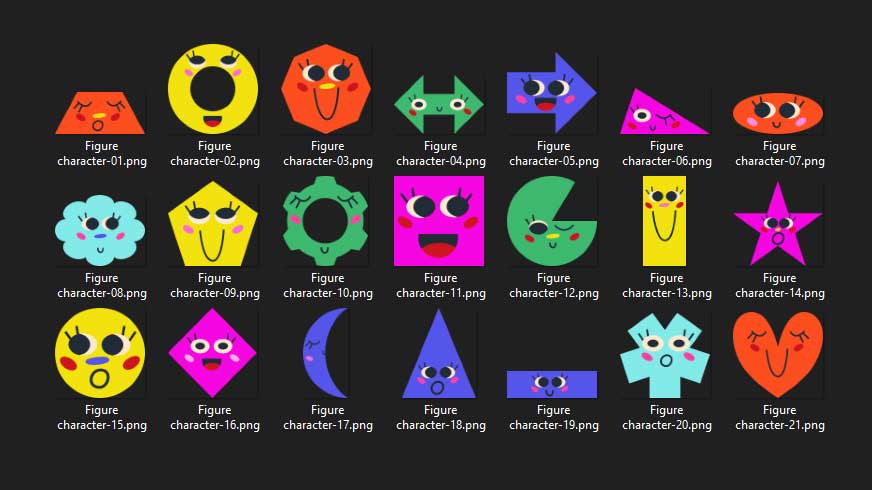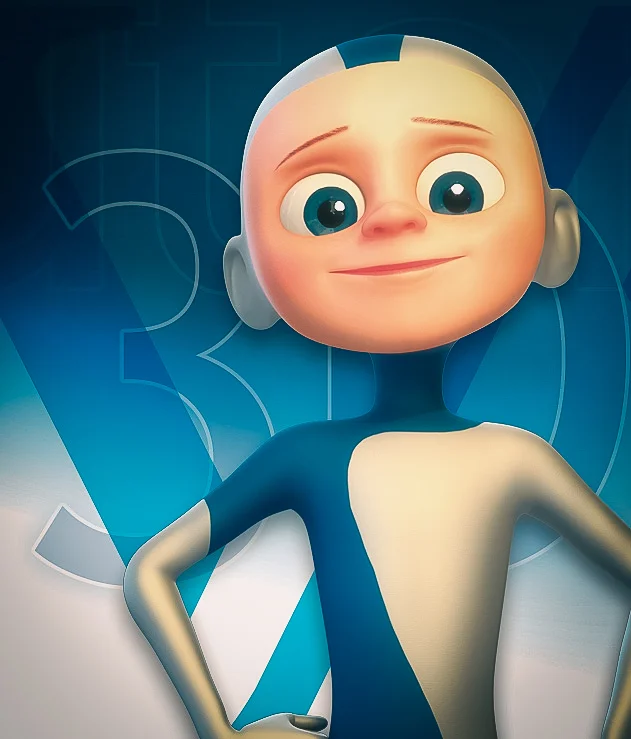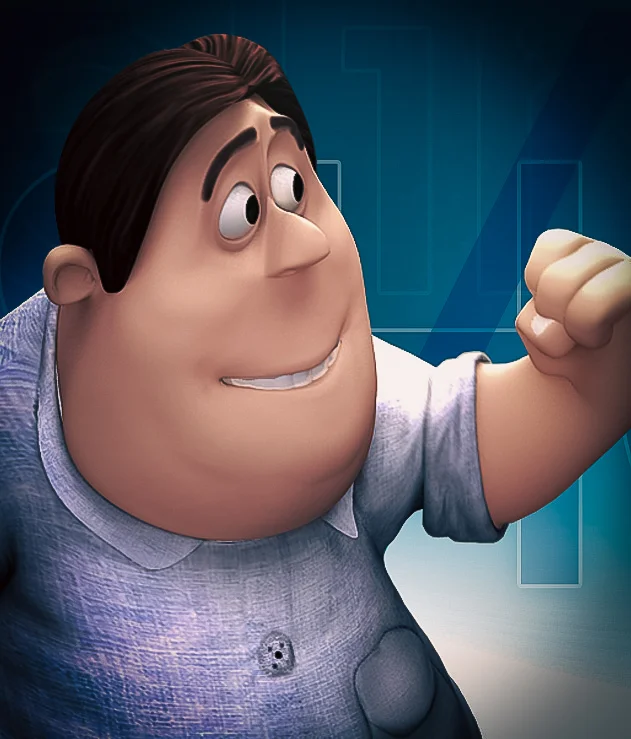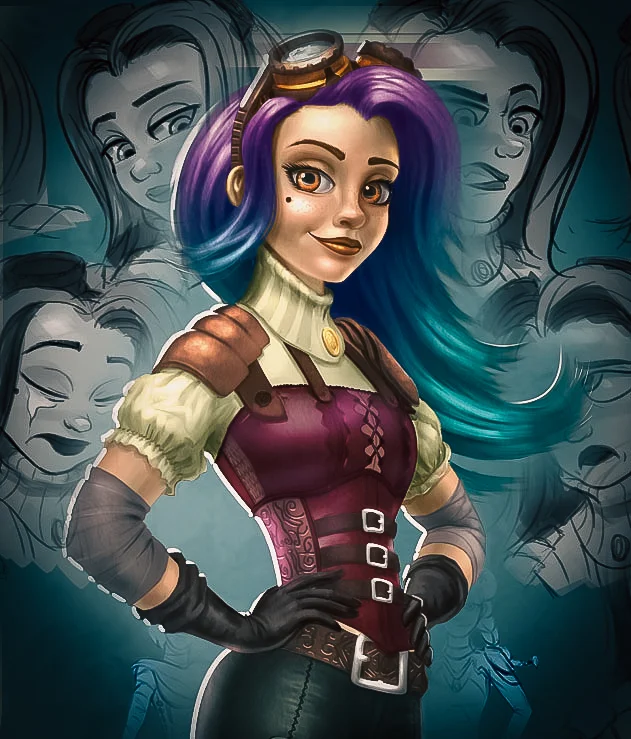 Image: Anzhelika P (Motion Array)
Image: Anzhelika P (Motion Array)
Author: VANAS
What Can Video Game Designers Learn from Cool Math Games?
Table of Contents
- Keep It Simple, Keep It Fun
- Make Games for Everyone
- Why Replayability Matters
- Challenge vs. Fun: Finding the Right Balance
- Learning from Cool Math Games' Design
- Frequently Asked Questions
Keep It Simple, Keep It Fun
Cool Math Games proves that a game doesn’t need crazy graphics or a massive open world to be fun. Some of the best games on the site have super simple mechanics but still keep players hooked for hours. Take "Fireboy and Watergirl"—you just move two characters and solve puzzles, but it’s fun because of how smooth the controls are and how creative the levels get.
A lot of new game designers think they need to make something big and complicated to be successful. But in reality, if your core gameplay isn’t fun, flashy graphics or tons of features won’t save it. The biggest lesson here? Nail the basics first.
VANAS Online Animation School offers Animation, Visual Effects, and Video Game programs. To launch your career, visit https://www.vanas.ca.
Make Games for Everyone
One reason Cool Math Games is so popular? Anyone can play. Whether you're a hardcore gamer or just someone looking to kill time between classes, there’s something for you.
A great example is "Run 3." It’s a simple endless runner game, but it slowly gets more challenging the longer you play. You don’t need to be an expert to start, but if you keep playing, the game pushes your skills to the limit.
Good game design should be accessible. If a game is too hard from the start, people quit. If it’s too easy forever, they get bored. Finding that balance is key.
Why Replayability Matters
Some games are fun for a few minutes. Others keep you coming back for weeks. The difference? Replayability.
Cool Math Games nails this with games like "Papa’s Pizzeria." Even though it’s just about making and serving pizza, it’s addicting because:
- You unlock new ingredients and customers.
- There’s a scoring system that makes you want to improve.
- It gets slightly harder over time, keeping things fresh.
When designing a game, think about why players would want to come back. Maybe they want to beat their high score, unlock new levels, or master a new strategy. Games with replay value keep players engaged for way longer.
Challenge vs. Fun: Finding the Right Balance
Nobody likes a game that’s way too easy. But a game that’s impossibly hard? That’s just frustrating. Cool Math Games does a great job of making games that are challenging but fair.
Take "Bloxorz." It’s a puzzle game where you move a block to a hole. The first few levels are easy, but soon, you have to think carefully about every move. It’s hard, but not in a way that makes you want to rage quit.
Game designers can learn from this by:
- Starting easy, then adding difficulty gradually.
- Giving players small wins (so they stay motivated).
- Letting them try again quickly (nobody likes waiting through long loading screens after failing).
Good difficulty makes a game exciting. Unfair difficulty makes it frustrating.
Learning from Cool Math Games' Design
Cool Math Games may not have the biggest or most advanced games, but their designs are rock solid. If you're a game designer (or want to be one), here are some final takeaways:
Simplicity is powerful – You don’t need complicated mechanics to make a game fun.
Make your game easy to pick up – If players can start playing without a long tutorial, that’s a win.
Replayability is key – Give people a reason to come back.
Challenge should feel fair – Make games tough, but not frustrating.
VANAS Online Animation School offers Animation, Visual Effects, and Video Game programs. To launch your career, visit https://www.vanas.ca.
Frequently Asked Questions
How do Cool Math Games keep people playing for so long?
- They use simple mechanics, fair difficulty, and rewards to keep things engaging.
Why are some simple games more fun than complicated ones?
- Because good gameplay matters more than flashy graphics. If a game isn’t fun at its core, no amount of cool visuals will save it.
What’s the biggest lesson game designers can learn from Cool Math Games?
- Make your game fun first.** Everything else comes second.
As a beginner, how do I learn game design?
- Start with Youtube videos first, see if you like the game design process.
How do I become a professional Video Game Designer?
- Enroll in the VANAS' Video Game Design program, learn the basics, and create a variety of video games.







